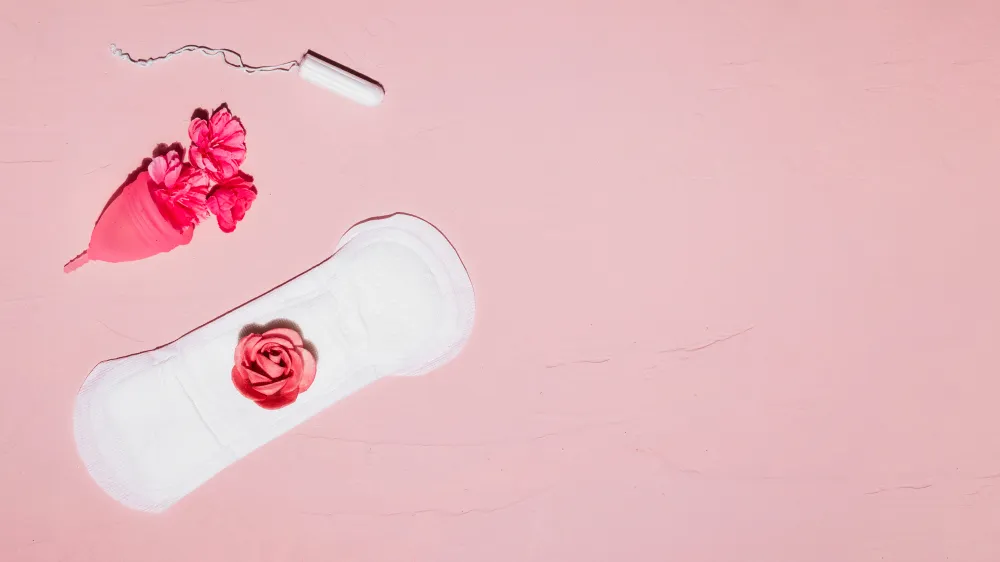Just think about a situation where you are standing in front of a row of shelves stacked with different menstrual products feeling overwhelmed by the choices. If this sounds really familiar you are not alone. Navigating the world of menstrual products can be confusing especially if you're just starting your menstrual cycle. It doesn't have to be daunting. In this guide you can learn everything about different types of menstrual products available and how to use them comfortably.
Understanding your Flow
Before you dive deep in the different types of menstrual products it is very important for you to understand your menstrual flow. The menstrual cycle basically lasts around 28 days with menstruation occurring around three to seven days. Menstrual flow can vary from one person to another and even from month to month ranging from heavy to light. It is very important for you to know your flow as it can help you choose the right product that provides you sufficient protection and comfort.
Popular Menstrual Products
- Disposable pads with adhesive backing for sticking to underwear is very important. It is available in different absorbance lenses and winged design for added security.
- Tampons are insertable absorbent tubes that you can wear internally to collect the menstrual fluid. They're available in different absorbances and applicator or applicator free options.
- Liners are thin panty liners for daily discharge or light flow days.
- Menstrual cups are reusable silicone cups that you can insert internally to collect the menstrual fluid. But if you look forward to using it then you need to be committed to proper cleaning and sterilization techniques.
- Menstrual underwear is a leak proof underwear designed to absorb menstrual fluid. It is reusable washable and offers you comfort and sustainability.
Choosing the right Product for you
Whenever you are choosing a menstrual product you need to consider factors like your flow comfort preferences, lifestyle and environmental concerns. For example if you have heavy flow and lead an active lifestyle then you can go for a menstrual cup or high absorbency pad. On the flip side if you prefer convenience and minimum waste then menstrual underwear or reusable pads might be your best bet.
Read More:- How to treat Endometriosis Cyst in Ovary?
Using Menstrual Products with Confidence
Every menstrual product comes with its own set of usage instructions for example if you are using tampons then you have to follow insertion and removal rules. You can also wear menstrual cups but you need to follow folding insertion removal cleaning and sterilization techniques. For example if you are wearing. Underwear then you need to follow up wearing and washing instructions.
Dealing with Leaks and Discomfort
You must know that leaks and discomfort are common concerns during menstruation but there are different ways to manage them effectively. You need to consider changing your menstrual products regularly choosing the right absorbency for your needs ensuring proper placement and fit. You need to explore alternative options if you're experiencing discomfort.
Disposal and Sustainability
You must know that disposal of menstrual products is very important. You need to wrap them in toilet paper and discard them in a bin. Alternatively you can also go for reusable products like menstrual cups and menstrual underwear which offer environmental benefits and can be washed and reused. Proper disposal methods for menstrual cups include rinsing, sterilizing and emptying before disposal.
Above all you need to know that navigating your menstruation doesn't have to be overwhelming. By understanding your flow, choosing the right menstrual product, using it with confidence, managing leaks and discomfort, practicing proper disposal and sustainability can help you navigate your menstrual cycle with ease and comfort.



